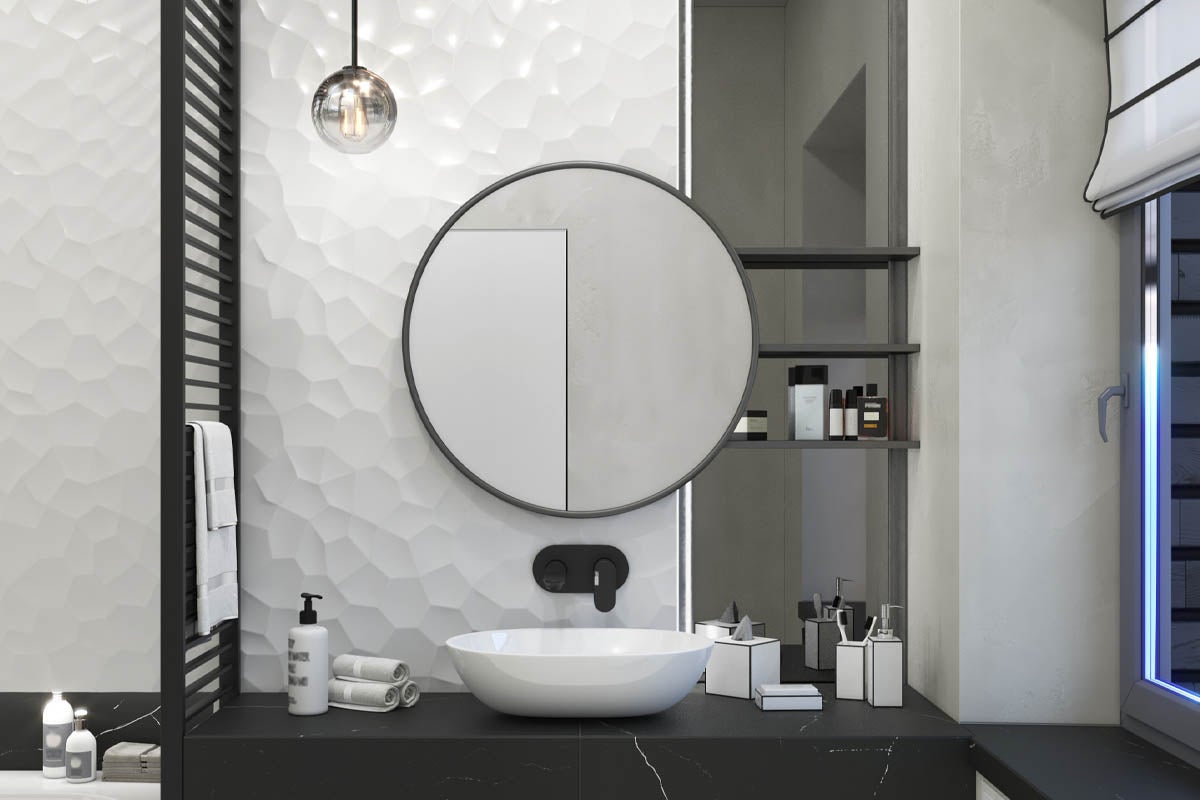

Articles
How Much Does A Vanity Cost
Modified: December 7, 2023
Find out the price range for vanity articles. Explore different costs and budget options to help you choose the perfect vanity for your space.
(Many of the links in this article redirect to a specific reviewed product. Your purchase of these products through affiliate links helps to generate commission for Storables.com, at no extra cost. Learn more)
Introduction
When it comes to enhancing the aesthetics and functionality of a bathroom, a vanity is often at the top of the list. A vanity serves as a focal point and provides storage space for various bathroom essentials. Whether you’re remodeling your bathroom or building a new one, it’s essential to consider the cost of a vanity.
The cost of a vanity can vary greatly depending on several factors. Understanding these factors and their impact on the overall cost will help you make an informed decision and stay within your budget. In this article, we will explore the various factors that affect vanity cost, the types of vanities available, popular materials used, and additional costs to consider. Let’s dive in!
Key Takeaways:
- Vanity costs are influenced by size, materials, and design. Balancing budget-friendly options with quality materials and standard sizes can help create a functional and stylish vanity without overspending.
- Consider DIY installation for cost savings, flexibility, and learning experience. However, professional installation ensures expertise, time savings, and compliance with building codes, providing peace of mind for a successful vanity project.
Read more: How Much Does Skylight Cost
Factors Affecting Vanity Cost
Several factors can influence the cost of a vanity. It is important to consider these factors to get an accurate estimate and determine the most suitable vanity option for your budget. Here are the key factors affecting the cost of a vanity:
- Size: The size of the vanity plays a significant role in its cost. Generally, larger vanities with more countertop space and storage will cost more than smaller ones. Keep in mind the dimensions of your bathroom and the available space before deciding on the size of your vanity.
- Materials Used: The materials used in the construction of the vanity greatly impact its cost. Vanities can be made from various materials, including solid wood, engineered wood, laminate, metal, and more. Each material has its own cost associated with it, so choose the one that fits your budget and desired aesthetic.
- Style and Design: The style and design of the vanity can also affect its cost. Intricate designs, custom details, and unique finishes may come at a higher price. It’s important to determine the style that aligns with your preferences and budget.
- Countertop Material: The material used for the vanity’s countertop can significantly impact its cost. Popular countertop materials include granite, marble, quartz, solid surface, and laminate. Each material comes with its own price range, so consider both the aesthetics and cost when choosing a countertop material.
- Additional Features: Vanities can come with additional features such as sinks, faucets, mirrors, lighting, and storage accessories. Opting for these extra features will increase the cost of the vanity. Determine which features are essential for your needs and budget.
It’s important to note that these factors are interrelated. For example, choosing high-quality materials or custom design options will likely increase the overall cost of the vanity. It’s crucial to have a clear understanding of your budget and priorities to make an informed decision.
Types of Vanities
Vanities come in a variety of styles and designs, each catering to different preferences and needs. Understanding the different types of vanities available can help you choose the one that best suits your bathroom. Here are some popular types of vanities:
- Freestanding Vanities: Freestanding vanities are standalone units that are not attached to the wall. They often have legs or a furniture-like base and provide a classic and elegant look. Freestanding vanities offer versatility in terms of size, style, and storage options.
- Wall-Mounted Vanities: Wall-mounted vanities are directly mounted on the wall, creating a sleek and modern appearance. They are a great option for smaller bathrooms or those aiming for a minimalist design. Wall-mounted vanities also offer floor space underneath, making cleaning easier.
- Corner Vanities: Corner vanities are designed specifically to fit in the corner of a bathroom. They make efficient use of space and can be a great choice for smaller bathrooms or powder rooms. Corner vanities come in various sizes and designs to accommodate different needs.
- Vessel Sink Vanities: Vessel sink vanities feature a countertop with a raised bowl-shaped sink. They add a touch of elegance and sophistication to the bathroom. Vessel sinks come in a wide range of materials and designs, allowing you to create a unique and stylish look.
- Double Sink Vanities: Double sink vanities are designed with two sinks, providing ample countertop space and storage for shared bathrooms. They are a popular choice for master bathrooms or households with multiple occupants. Double sink vanities are available in various styles and configurations.
These are just a few examples of the types of vanities available in the market. It’s important to weigh factors such as space availability, functionality, and personal style when choosing the right vanity for your bathroom.
Popular Materials for Vanities
The choice of material for your vanity plays a significant role in its aesthetics, durability, and cost. Here are some popular materials used for vanities:
- Solid Wood: Solid wood vanities, often made from high-quality hardwood like oak, cherry, or mahogany, offer a timeless and natural look. They are durable, sturdy, and can be refinished or painted to match any decor. Solid wood vanities are generally more expensive but add a touch of luxury to the bathroom.
- Engineered Wood: Engineered wood, such as plywood or medium-density fiberboard (MDF), is a more affordable alternative to solid wood. It is composed of layers of wood bonded together, providing stability and resistance to moisture. Engineered wood vanities come in various finishes and can mimic the appearance of real wood.
- Laminate: Laminate vanities are made with a synthetic material that is coated with a layer of resin, offering a wide range of design options. They are budget-friendly, low-maintenance, and resistant to stains and moisture. Laminate vanities are a practical choice for those on a tight budget.
- Marble: Marble is a luxurious and elegant choice for vanity countertops. Its natural patterns and veining add a touch of sophistication to any bathroom. While marble is visually stunning, it requires regular maintenance and is more susceptible to staining and scratching. Marble vanities are more expensive but make a statement in terms of style.
- Quartz: Quartz, a engineered stone made from natural quartz minerals and resin, offers durability and a wide range of color options. It is stain-resistant, non-porous, and requires low maintenance. Quartz vanities are a popular choice for those seeking a balance between style and practicality.
- Granite: Granite is a natural stone that is known for its durability and unique patterns. It withstands heat, moisture, and everyday wear and tear. Granite vanities add a touch of natural beauty to the bathroom but come at a higher price compared to other materials.
These are just a few examples of the popular materials used in vanity construction. Consider your budget, desired aesthetic, and maintenance requirements when choosing the material that best suits your needs.
Basic Vanity Costs
The cost of a basic vanity can vary depending on the factors mentioned earlier, such as size, materials, and design. However, to provide a general idea, here are some approximate price ranges for basic vanities:
- Small Vanities: Small vanities, typically around 24 to 30 inches wide, can range in price from $200 to $800. These are often made from budget-friendly materials like laminate or engineered wood.
- Medium-Sized Vanities: Medium-sized vanities, spanning between 30 to 48 inches wide, can cost anywhere from $600 to $2,000. These vanities often come in a variety of materials, including solid wood or quartz countertops.
- Large Vanities: Large vanities, measuring over 48 inches wide, can have a price range of $1,500 to $4,000 or more. These vanities often include custom designs, high-quality materials, and extra features like double sinks or additional storage.
The prices mentioned above are approximate and can vary depending on the brand, retailer, location, and additional features included with the vanity. It’s always advisable to research and compare prices from multiple sources to ensure you get the best value for your money.
Keep in mind that these price ranges cover the cost of the vanity itself and do not include installation or any additional accessories, such as faucets or mirrors. These additional costs should be factored in when planning your budget for a vanity renovation or installation.
Read more: How Much Does It Cost For A Patio
Factors That Can Increase Vanity Costs
While the basic cost of a vanity provides a starting point, there are several factors that can significantly increase the overall cost. It’s important to consider these factors to ensure you have a realistic budget in place. Here are some factors that can contribute to higher vanity costs:
- Customization: Customization adds a personal touch to your vanity but can come at a higher cost. Custom designs, unique finishes, and intricate details require specialized craftsmanship and materials, which can increase the overall price.
- High-End Materials: Opting for premium materials, such as solid wood, natural stone countertops like marble or granite, or designer fixtures and hardware, will undoubtedly raise the cost. These materials often offer enhanced durability, aesthetics, and a luxurious feel.
- Extra Features: Adding extra features like double sinks, built-in lighting, additional storage options, or high-end faucets can significantly increase the cost of a vanity. These features add functionality and convenience, but they also come with a higher price tag.
- Complex Installation: If your bathroom requires extensive plumbing or electrical work for the vanity installation, it can lead to additional costs. Hiring professionals to handle complex installations ensures that everything is done correctly, but it can add to the overall project cost.
- Location and Labor Costs: The cost of labor and materials can vary depending on your location and the specific contractors or professionals you choose. Higher labor costs in certain areas or engaging highly skilled tradespeople can result in increased vanity costs.
It’s essential to consider these factors and prioritize your needs when planning your vanity project. Making a list of must-haves versus nice-to-haves can help you allocate your budget effectively and avoid overspending.
Remember, while these factors can contribute to higher costs, it’s crucial to strike a balance between your budget and the desired features and quality of your vanity.
When budgeting for a vanity, consider the material, size, and additional features like storage or lighting. Prices can range from $200 for a basic model to over $2000 for a high-end vanity. Research and compare options to find the best value for your needs.
Factors That Can Decrease Vanity Costs
While there are factors that can increase the cost of a vanity, there are also several aspects that can help lower the overall expenses. By considering these factors, you can find more budget-friendly options without compromising on quality. Here are some factors that can help decrease vanity costs:
- Budget-Friendly Materials: Opting for cost-effective materials such as laminate or engineered wood can significantly reduce the cost of a vanity while still providing an attractive appearance. These materials can mimic the look of more expensive options without the hefty price tag.
- Standard Sizes: Choosing standard-sized vanities can be more cost-effective than custom sizes. Standard sizes are readily available and produced in larger quantities, which often results in lower prices compared to custom-made vanities.
- Simple Designs: Selecting a vanity with a straightforward and minimalistic design can help keep costs down. Avoiding intricate details, custom finishes, or complex shapes can reduce both material and labor expenses.
- Discounts and Sales: Keep an eye out for discounts, promotions, or clearance sales offered by retailers or manufacturers. Timing your purchase when there are special offers can help you save a significant amount of money on your vanity.
- DIY Installation: If you have the necessary skills and confidence, opting for a do-it-yourself (DIY) installation can cut down on labor costs. However, it’s important to assess your abilities and ensure you have the required tools and knowledge for a successful installation.
By considering these factors, you can lower the total cost of your vanity project. However, it’s important to keep in mind that choosing lower-cost options may impact the durability, longevity, or aesthetic appeal of the vanity. Striking the right balance between cost and quality is essential to ensure your vanity meets your requirements and provides long-lasting satisfaction.
Before making any decisions, thoroughly research your options, compare prices, and weigh the pros and cons to find the best value for your money.
Additional Costs to Consider
When planning for a vanity project, it’s important to remember that there can be additional costs beyond just the price of the vanity itself. Anticipating these costs in advance will help you create a more accurate budget. Here are some additional costs to consider:
- Installation: If you’re not planning to install the vanity yourself, you’ll need to budget for professional installation. The cost of installation can vary depending on factors such as the complexity of the project, the location, and the contractor’s rates. It’s advisable to get multiple quotes and choose a reputable professional.
- Plumbing and Electrical Work: If you’re replacing an old vanity or upgrading the plumbing or wiring in your bathroom, additional costs for plumbing and electrical work may be necessary. This can include relocating pipes or wiring, adding new outlets, or installing a new faucet. It’s crucial to consult with a professional to evaluate the scope of work required and factor in associated costs.
- Countertops and Backsplashes: While the cost of the vanity may include a basic countertop, upgrading to a higher-quality material or adding a backsplash can increase the expenses. Materials like granite or marble and intricate backsplash designs can add a significant amount to the overall cost of the project.
- Accessories and Hardware: Don’t forget to budget for accessories and hardware that complement the vanity. This can include faucets, mirrors, lighting fixtures, towel bars, and drawer pulls. The cost of these items can vary depending on the style, brand, and quality you choose.
- Shipping and Delivery: If you’re purchasing your vanity from an online retailer or a store that doesn’t offer free delivery, shipping costs can add to the overall expense. Be sure to factor in these fees when comparing prices and choosing the most cost-effective option.
It’s important to carefully assess the specific requirements of your vanity project and consider these additional costs. By accounting for these expenses, you can avoid any financial surprises and ensure that you have a comprehensive budget in place.
Remember to allocate funds for any unforeseen circumstances or unexpected expenses that may arise during the project to keep your budget on track.
DIY vs. Professional Installation
When it comes to installing a vanity, you have the option to either take on the project yourself or hire a professional. Both approaches have their advantages and considerations. Let’s explore the pros and cons of DIY installation versus professional installation:
Read more: How Much Does A Recliner Cost
DIY Installation:
- Cost Savings: DIY installation can save money on labor costs, as you won’t have to hire a professional. This can be especially beneficial if you’re working on a tight budget.
- Flexibility and Control: Doing it yourself gives you complete control over the project. You can choose the materials and make design decisions according to your preferences without consulting anyone else.
- Learning Experience: Taking on a DIY project can be a great learning experience, providing you with new skills and a sense of accomplishment. It allows you to gain valuable knowledge about plumbing, electrical work, and general carpentry.
- Timeline: DIY projects often take longer to complete, especially if you’re not experienced in vanity installation. You may need to invest additional time in researching and learning the necessary techniques, which can lead to delays.
- Potential Mistakes: If you’re not well-versed in vanity installation or lack experience in plumbing or electrical work, you may encounter challenges and make mistakes. Poor installations can lead to leaks, uneven surfaces, or damaged materials, which may end up costing more to fix.
Professional Installation:
- Experience and Expertise: Hiring a professional ensures that the job is done right the first time. Their expertise and experience can prevent costly mistakes and ensure that the vanity is installed safely and efficiently.
- Time Savings: Professionals have the knowledge and tools to complete the installation quickly and efficiently. This can save you time and avoid unnecessary disruptions to your daily routine.
- Code Compliance: Professionals are familiar with local building codes and regulations, ensuring that the installation meets all necessary requirements. This can prevent potential issues down the line and help maintain the safety and value of your home.
- Warranty and Guarantees: Many professionals offer warranties or guarantees on their work, providing you with peace of mind in case any issues arise after the installation. This can be particularly valuable when working with more expensive materials or complex designs.
- Additional Cost: Hiring a professional for installation comes with a cost. You need to allocate funds in your budget specifically for labor expenses, which can increase the overall project cost.
Ultimately, the decision between DIY installation and professional installation depends on your skill level, available time, and budget. If you’re confident in your abilities and have the necessary knowledge and tools, DIY installation can be a rewarding option. However, if you’re unsure or don’t have the time and expertise, hiring a professional is a worthwhile investment to ensure a smooth and successful vanity installation.
Consider your specific circumstances and priorities before making a decision, and don’t forget to weigh the potential risks and benefits of each option.
Conclusion
Choosing the right vanity for your bathroom involves careful consideration of various factors. By understanding the factors that affect vanity costs, exploring different types of vanities, and familiarizing yourself with popular materials, you can make an informed decision that aligns with your budget and personal style.
Size, materials, style, and additional features all play a role in determining the cost of a vanity. Customization, high-end materials, and complex installation can increase the expenses, while opting for budget-friendly materials, standard sizes, and simple designs can help lower costs. It’s crucial to strike a balance between cost and quality to ensure a vanity that meets your functional and aesthetic needs.
Additionally, it’s important to account for extra costs such as installation, plumbing, electrical work, countertops, and accessories. Considering these factors upfront will help you create a more accurate budget for your vanity project.
When it comes to installation, you have the option of DIY or hiring a professional. DIY installation can save money, provide a learning experience, and offer flexibility in design decisions. However, it requires time, effort, and the necessary skills. Professional installation, while more costly, ensures expertise, time savings, and compliance with building codes.
In conclusion, a well-chosen vanity not only enhances the visual appeal of your bathroom but also adds functionality and storage space. By thoroughly researching and considering all aspects, you can find the perfect vanity that meets your needs, fits your budget, and brings your bathroom design vision to life. With the right approach and decision-making, you can create a beautiful and functional bathroom space that you can enjoy for years to come.
Frequently Asked Questions about How Much Does A Vanity Cost
Was this page helpful?
At Storables.com, we guarantee accurate and reliable information. Our content, validated by Expert Board Contributors, is crafted following stringent Editorial Policies. We're committed to providing you with well-researched, expert-backed insights for all your informational needs.
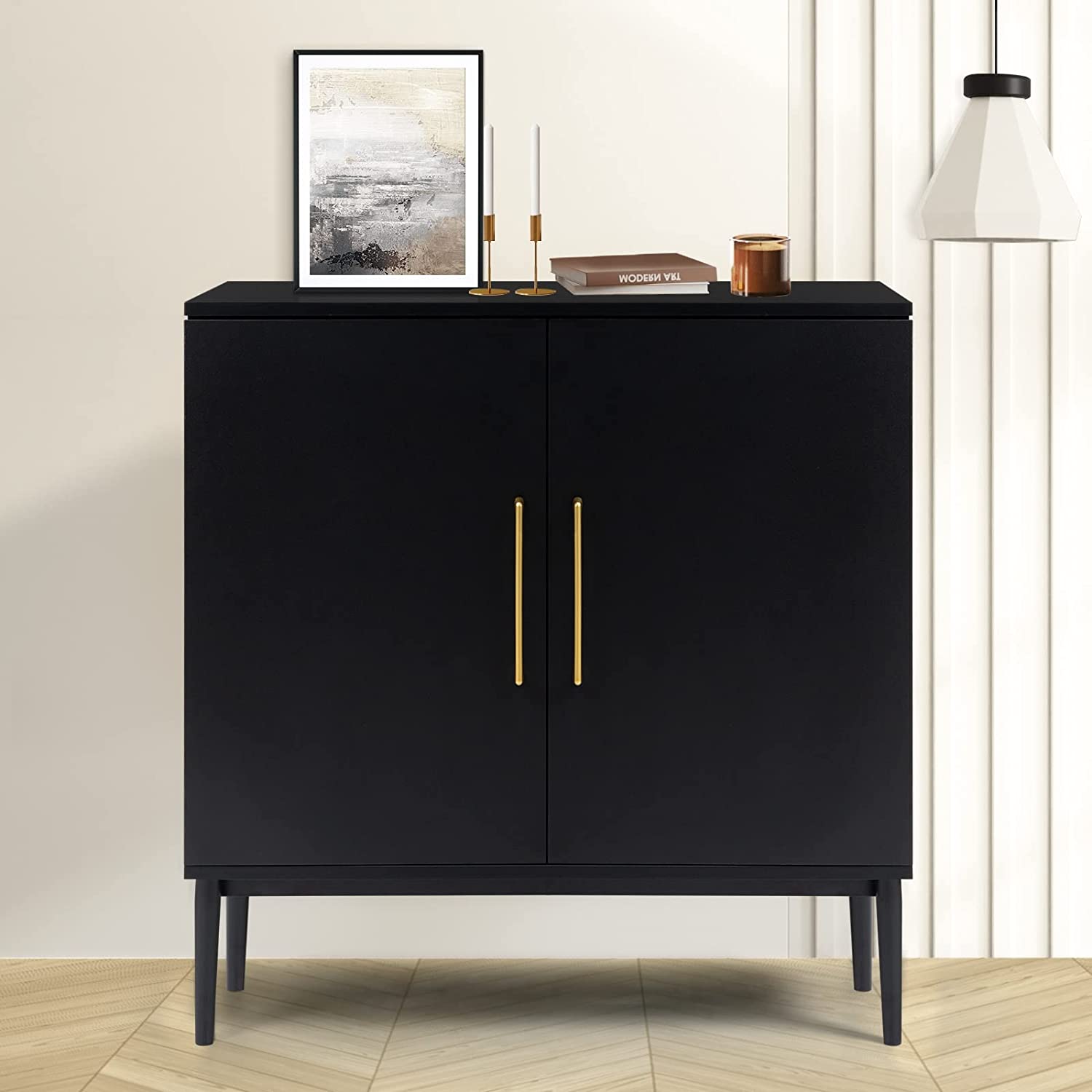
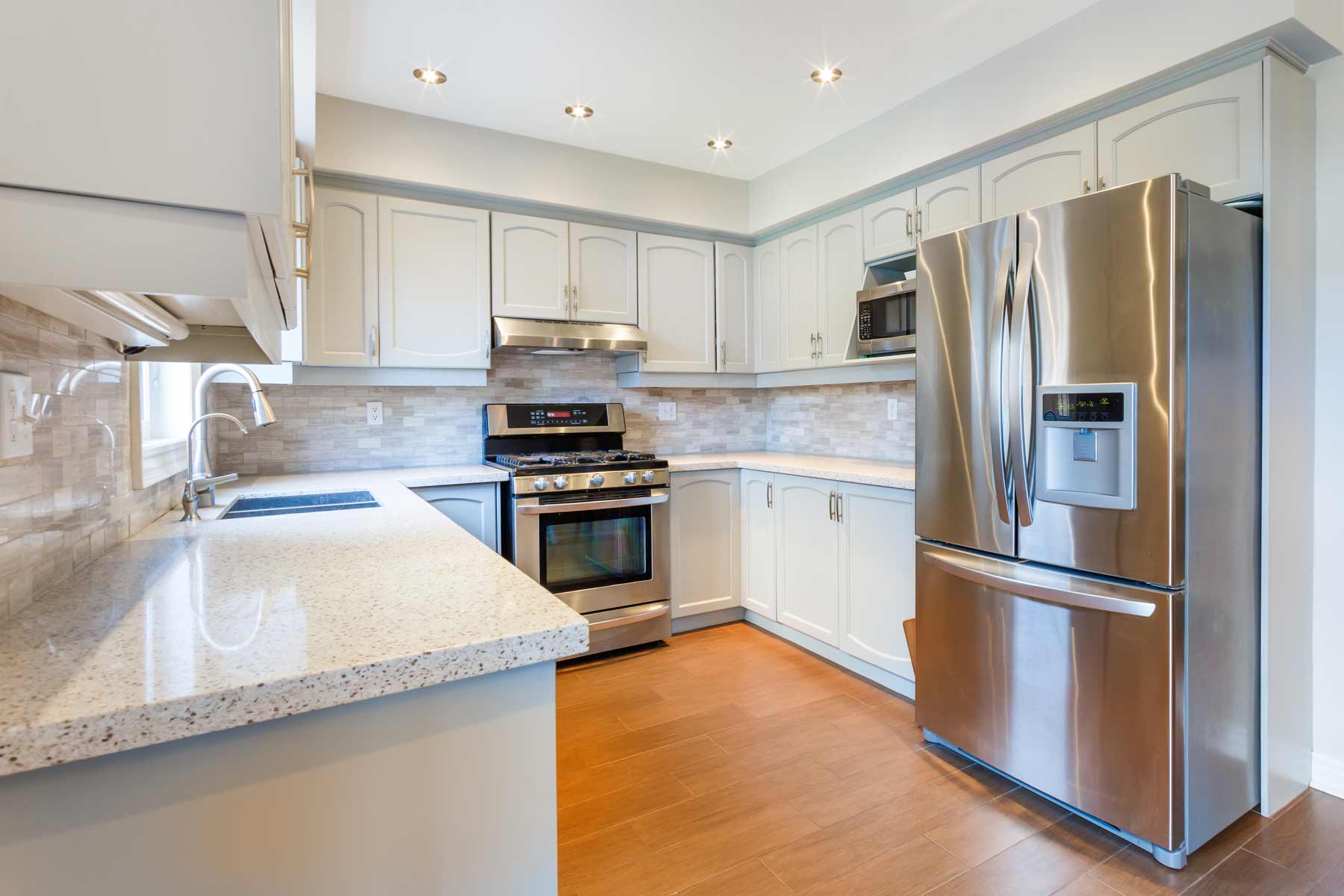
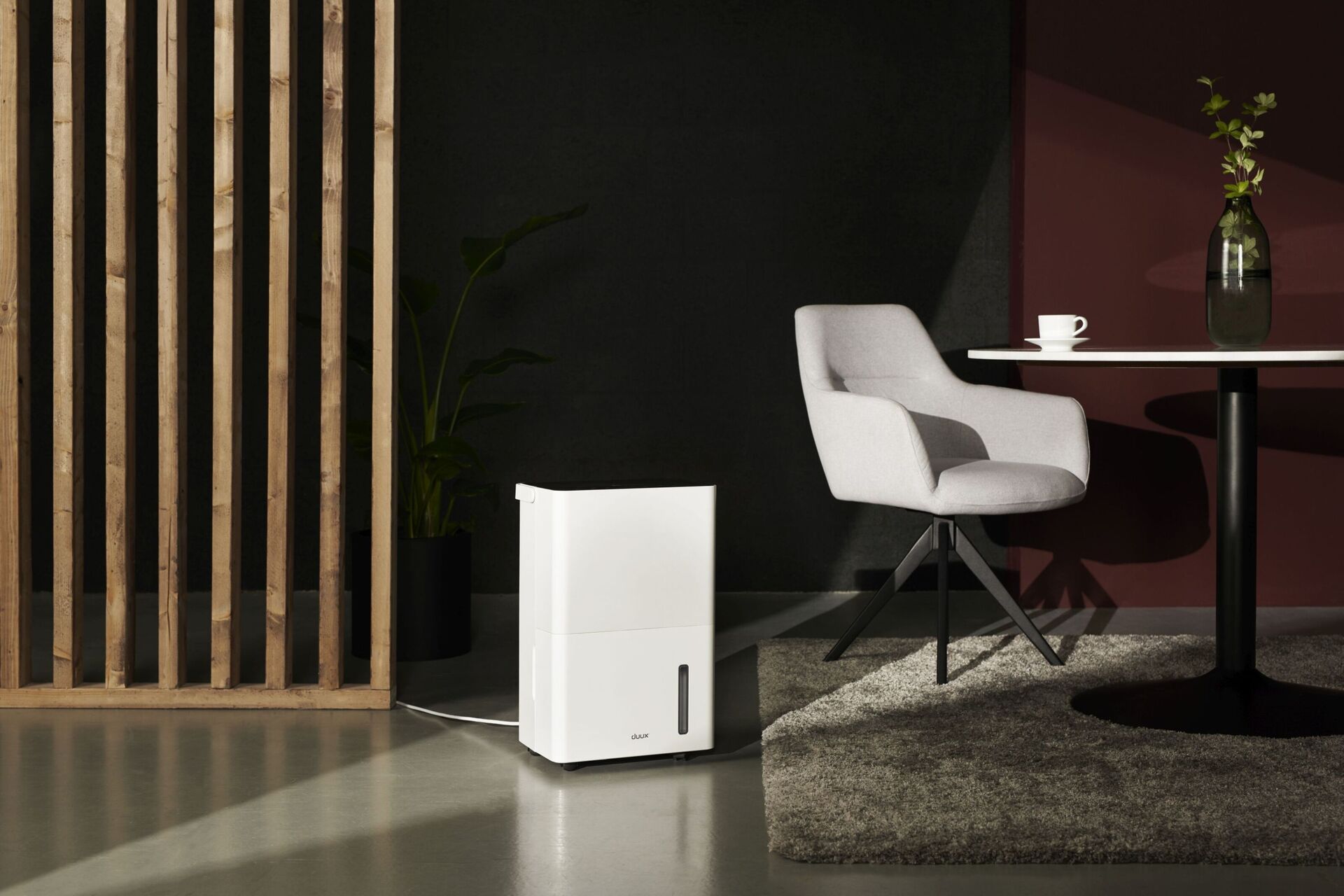
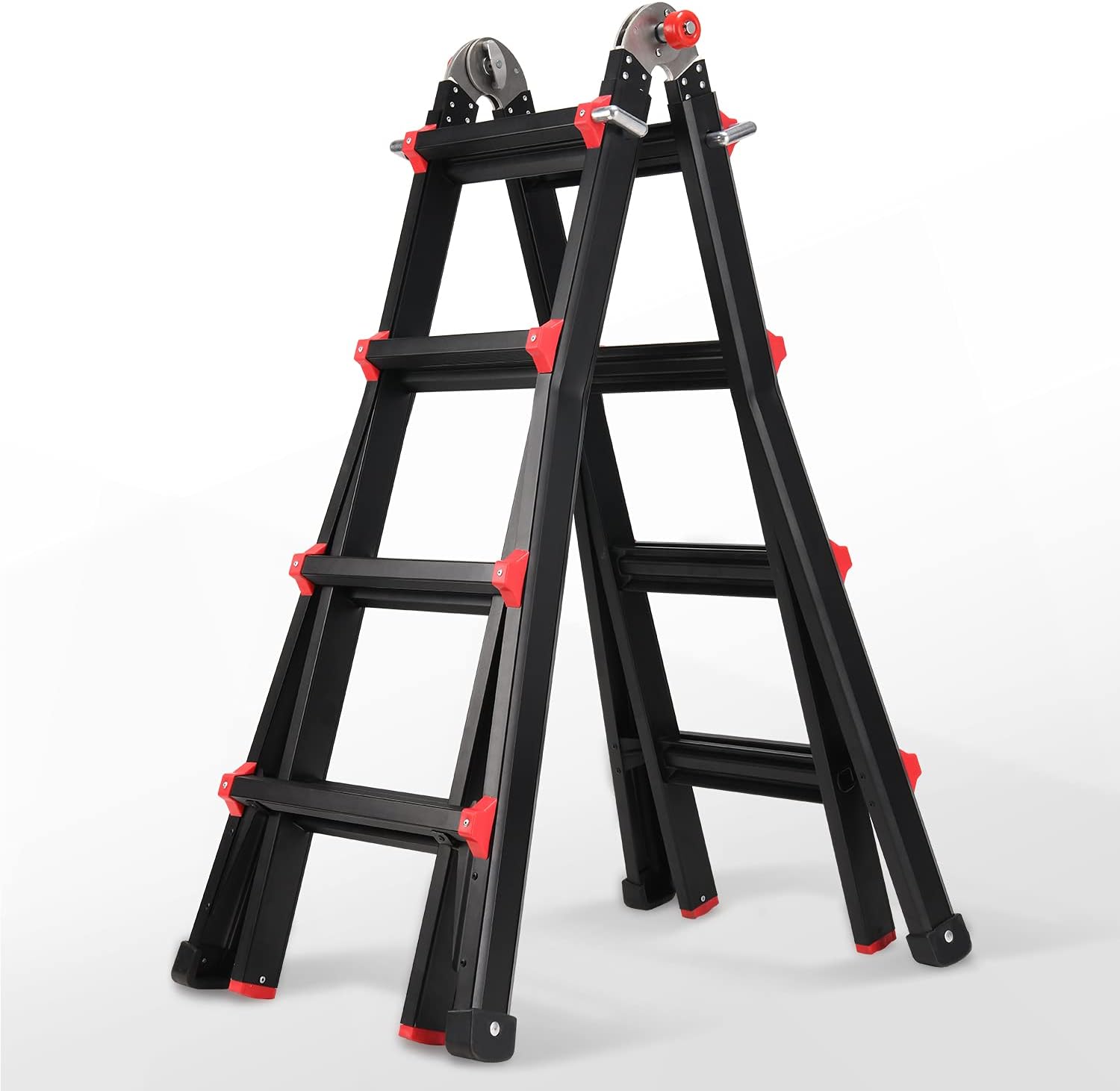
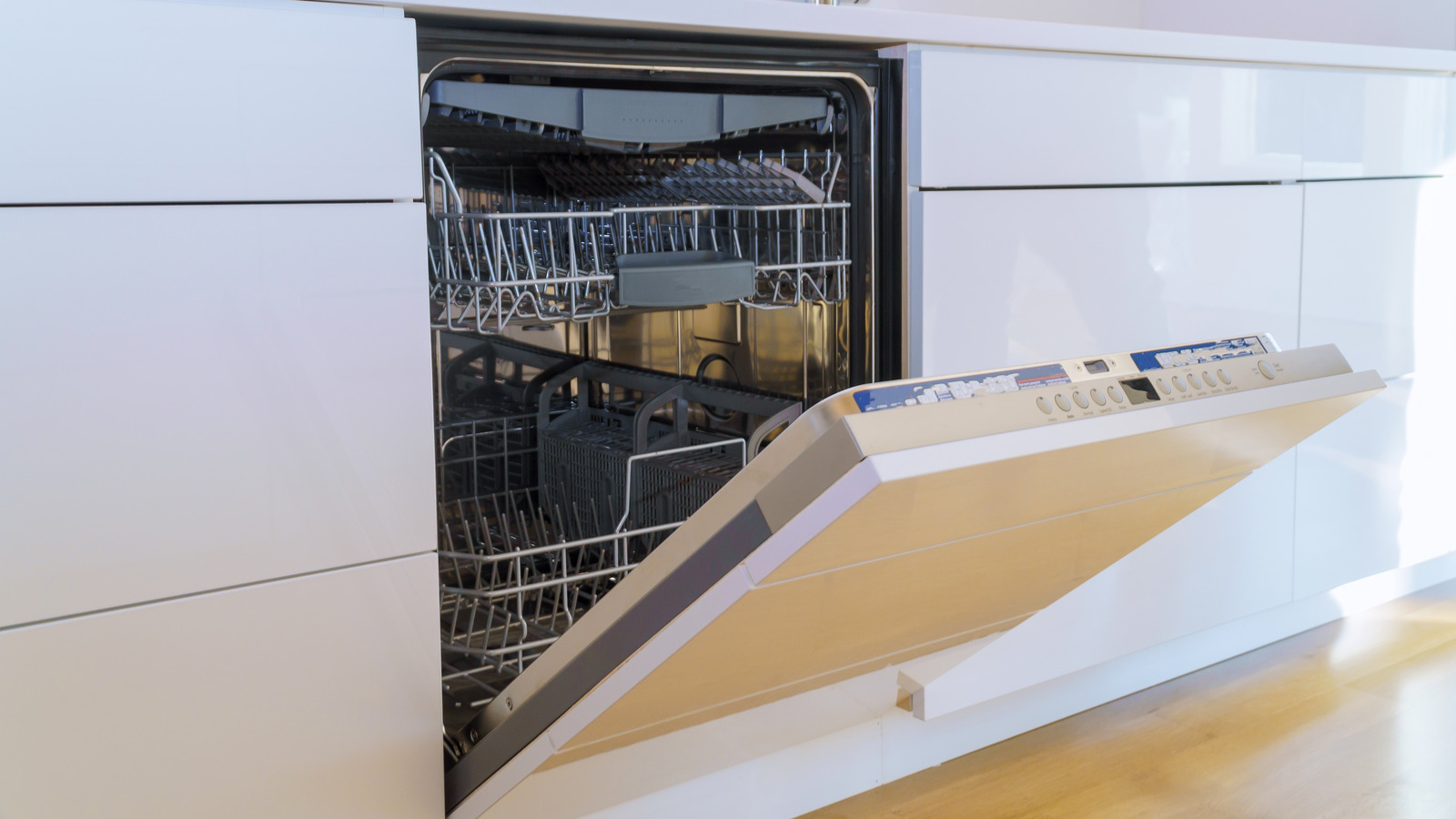



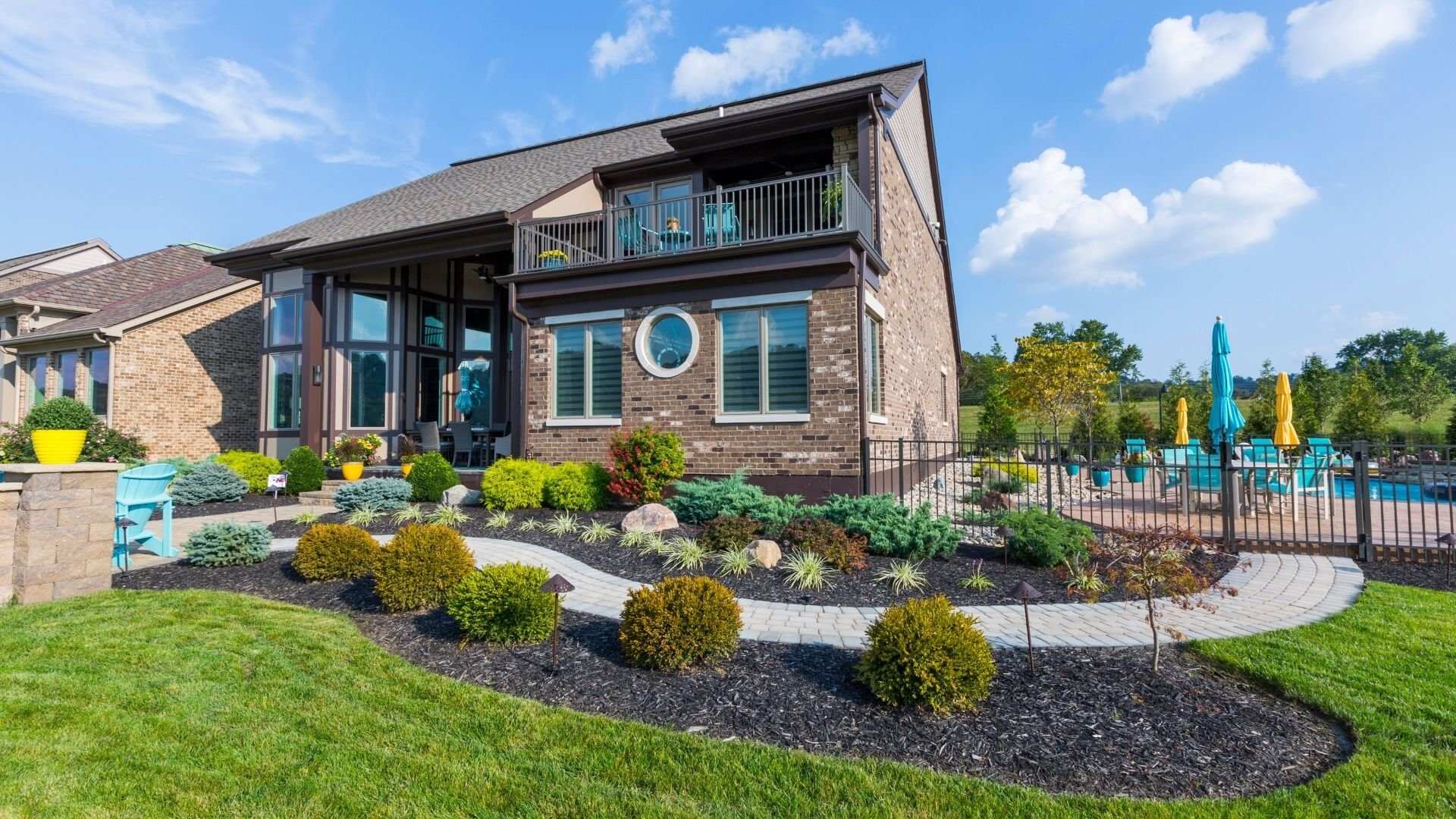
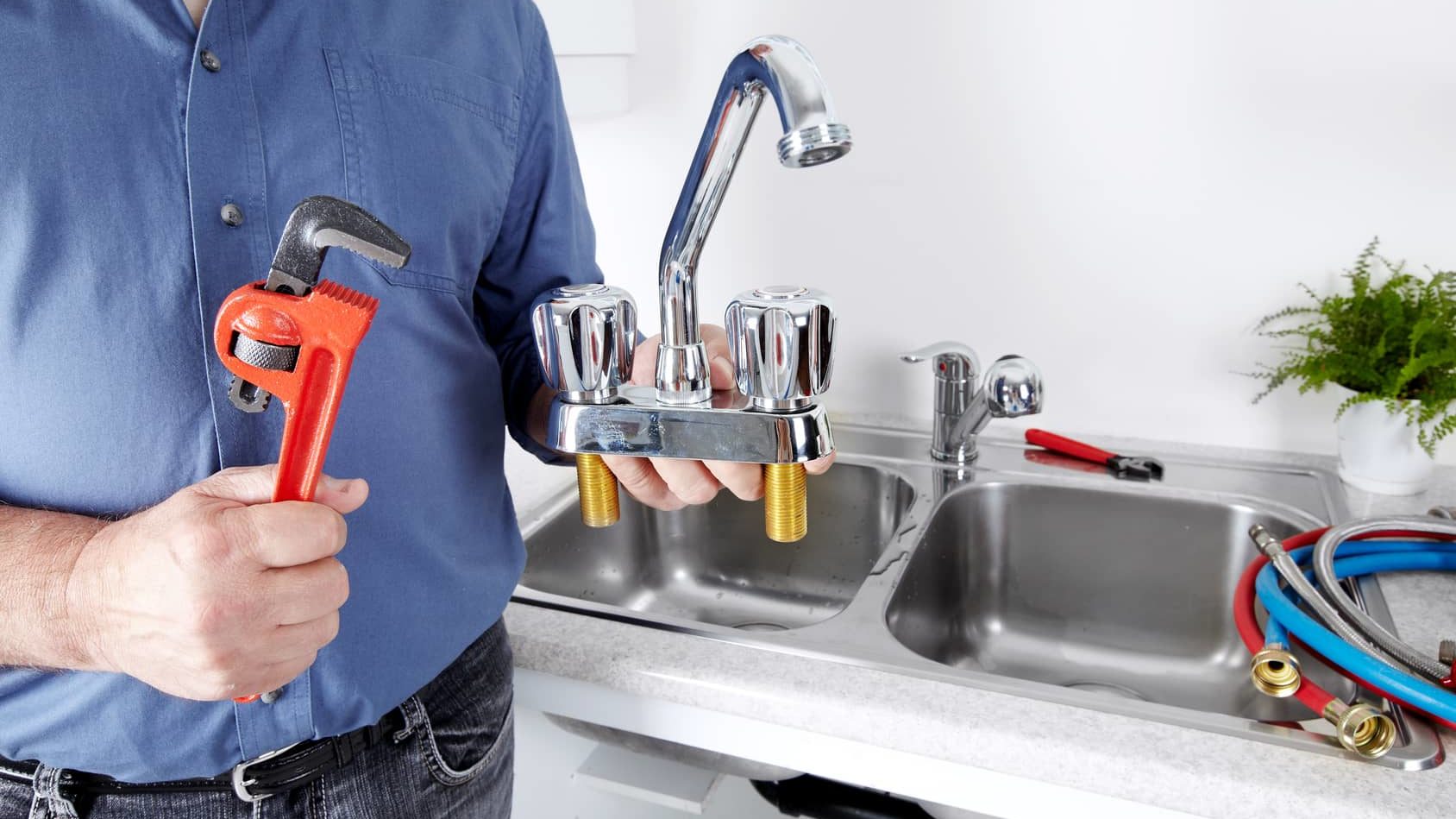
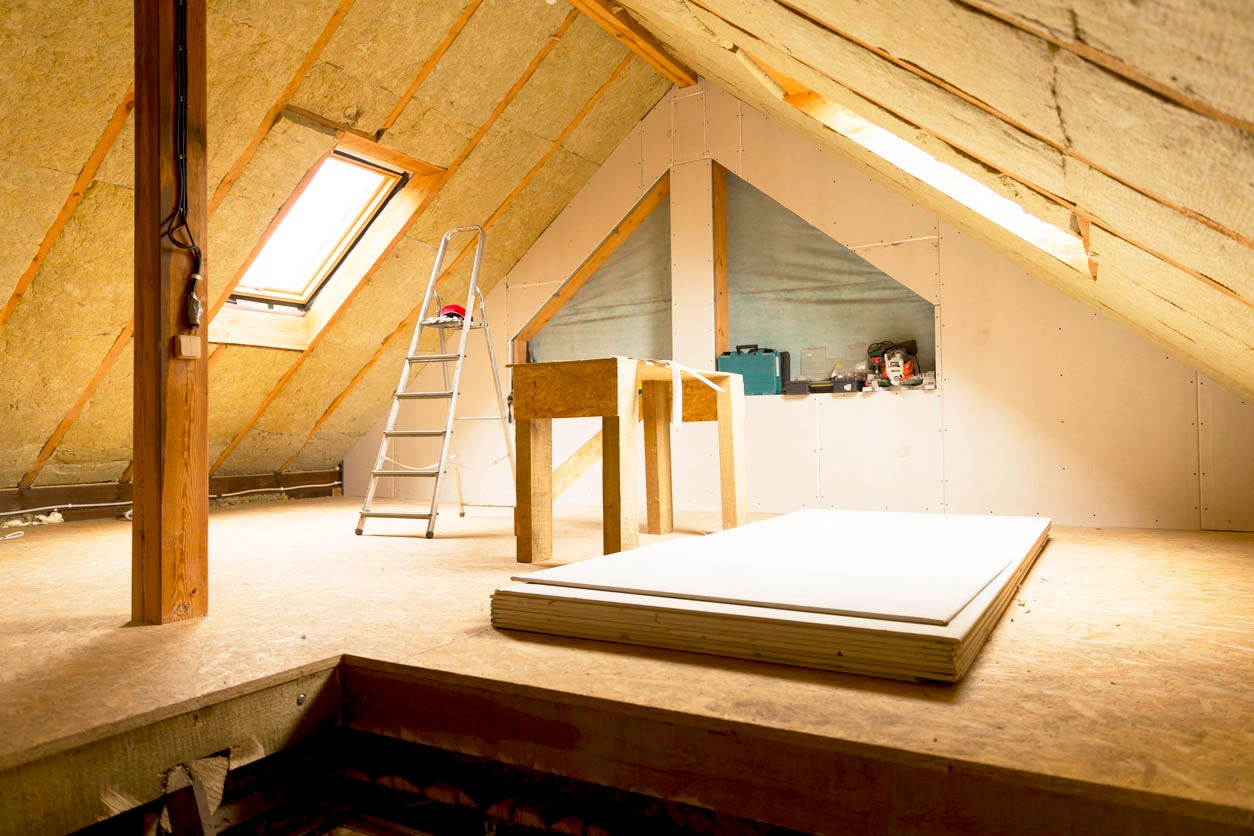



0 thoughts on “How Much Does A Vanity Cost”